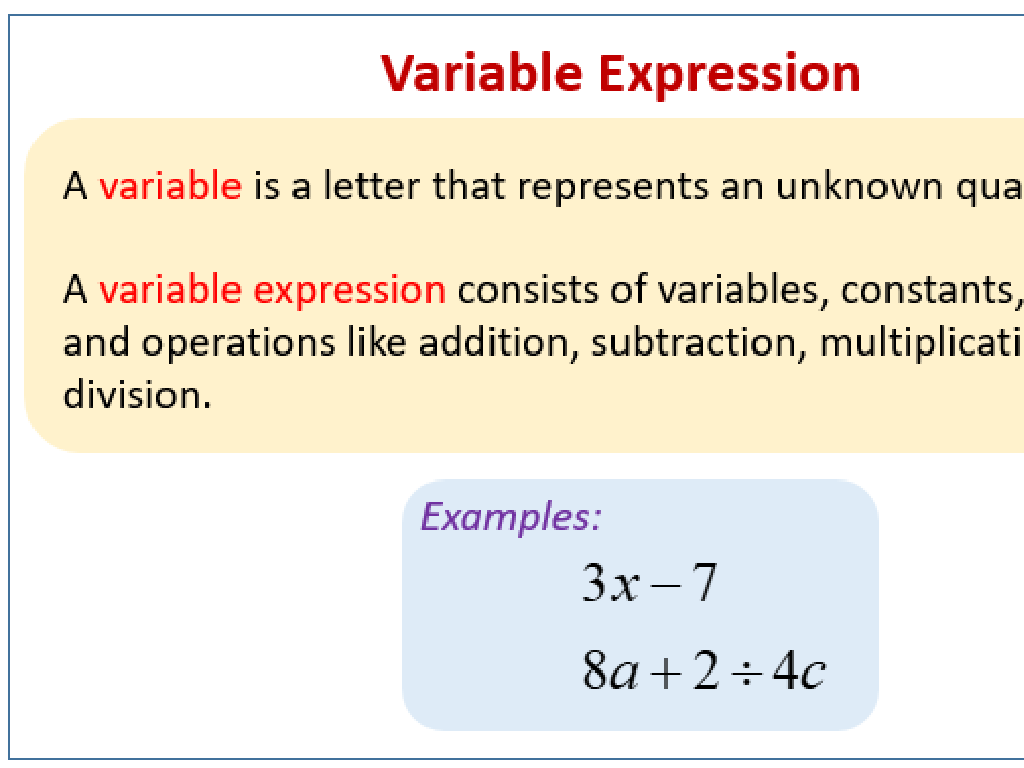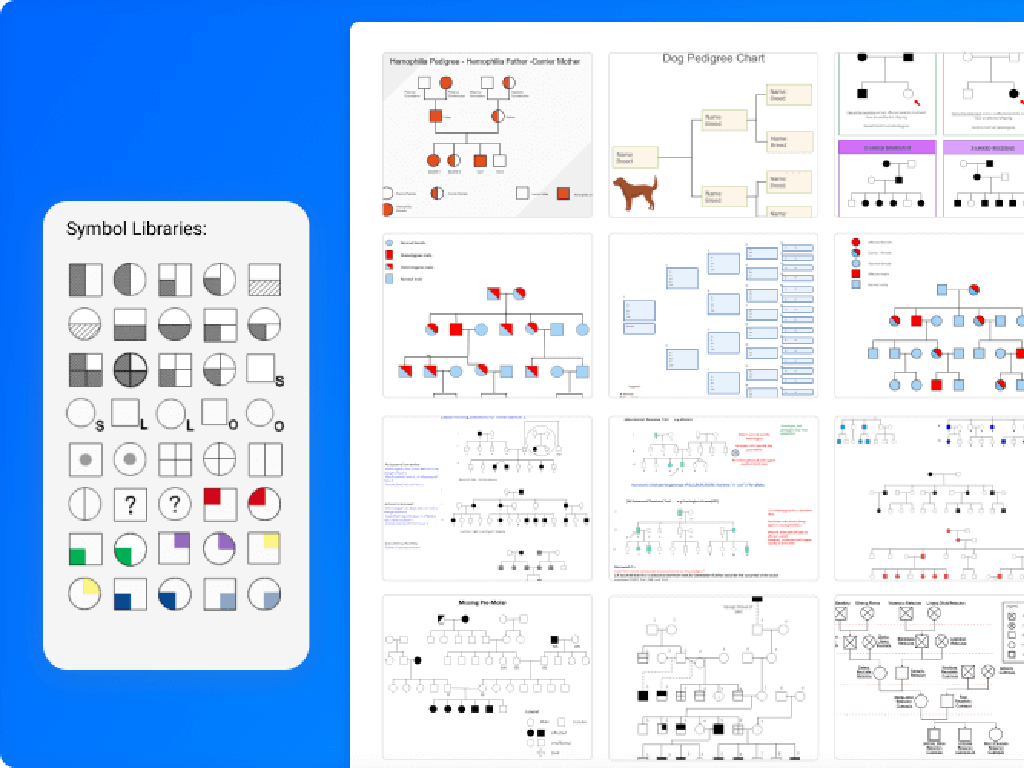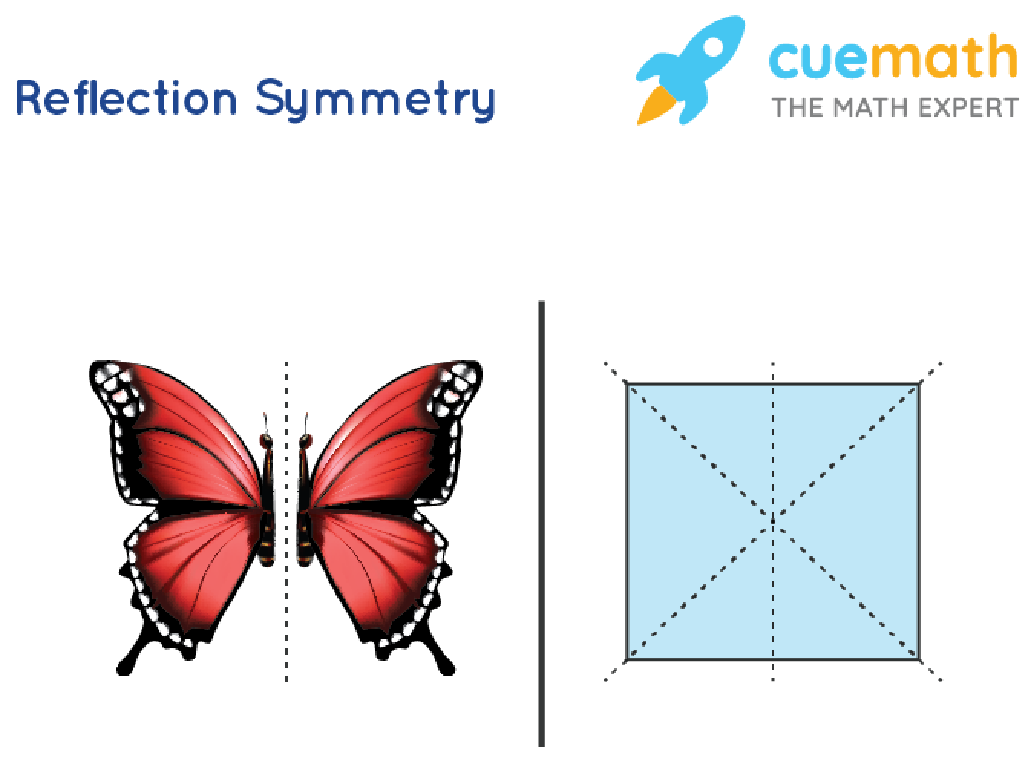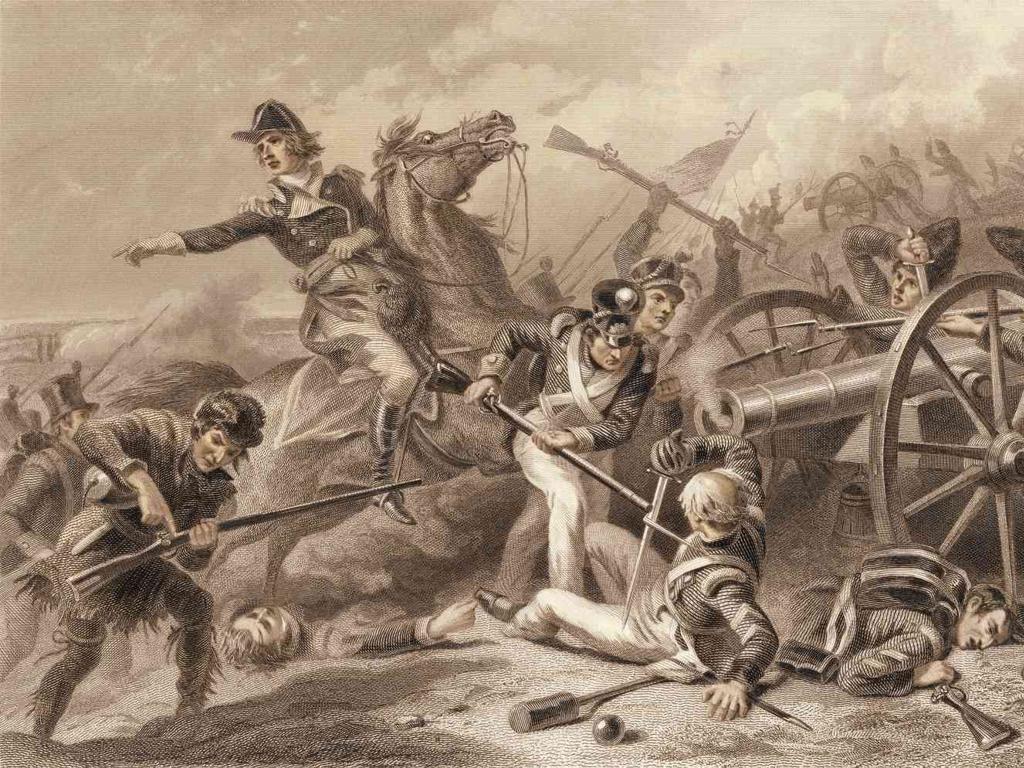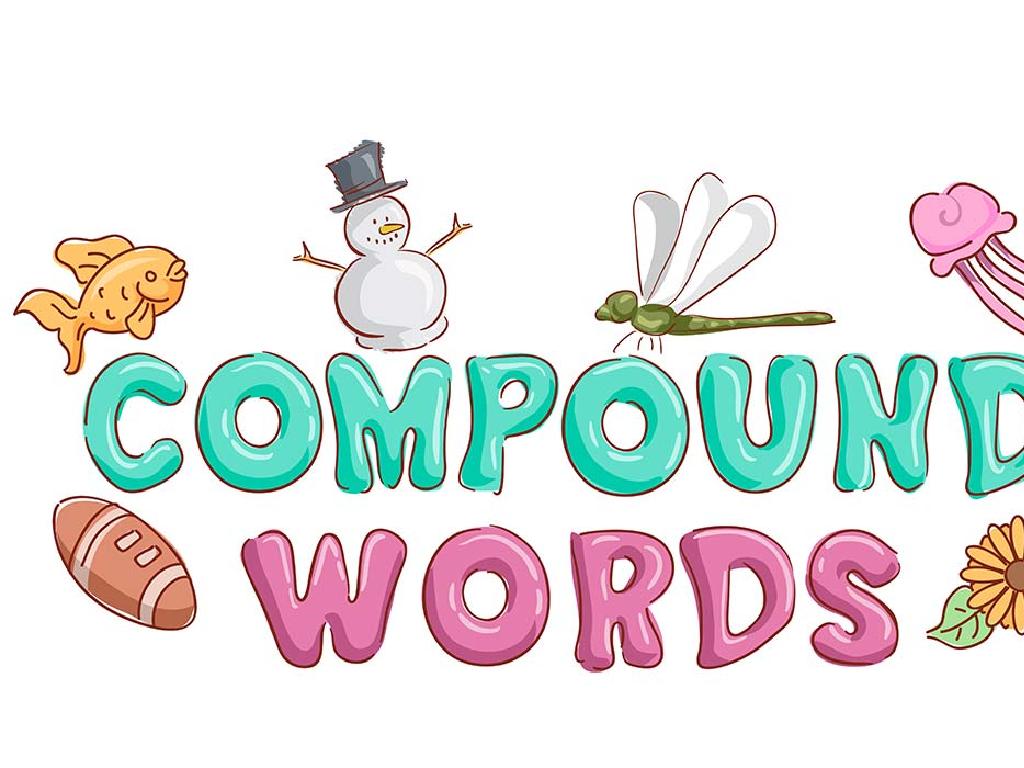Identify Articles
Subject: Language arts
Grade: Fourth grade
Topic: Articles
Please LOG IN to download the presentation. Access is available to registered users only.
View More Content
Today’s Adventure: Exploring Articles!
– What are articles?
– Words that define a noun as specific or unspecific
– Meet the Three Amigos: A, An, The
– ‘A’ is used before words that start with a consonant sound, ‘An’ before vowel sounds
– ‘A’ and ‘An’: Indefinite Articles
– ‘The’ points to a specific item or group
– ‘The’: A Definite Article
|
This slide introduces the concept of articles in English grammar, which are essential for students to learn as they provide clarity in communication. Articles are the words that come before a noun to demonstrate whether the noun is referring to a specific or nonspecific item. ‘A’ and ‘An’ are indefinite articles used when referring to a general item, not a particular one. ‘A’ is used before words that start with a consonant sound, while ‘An’ is used before words with a vowel sound. ‘The’ is the definite article used when referring to a specific item that has been previously mentioned or is already known. Encourage students to come up with their own examples of nouns with articles and explain why they chose ‘a’, ‘an’, or ‘the’. This will help solidify their understanding of how articles function within sentences.
Exploring Articles: ‘A’, ‘An’, and ‘The’
– What is an article?
– Articles set the stage for a noun, making it specific or general.
– Meet ‘A’, ‘An’, and ‘The’
– ‘A’ is used before words starting with a consonant sound, ‘An’ before vowel sounds.
– ‘A dog’ vs. ‘An umbrella’
– Use ‘A’ for any dog, ‘An’ for any umbrella due to the vowel sound starting umbrella.
– ‘The moon’: Using ‘The’
– ‘The’ points to one specific moon we all know.
|
This slide introduces the concept of articles in English grammar, which are essential in providing context to nouns. ‘A’ and ‘An’ are indefinite articles used when referring to a general item, not a specific one. ‘A’ precedes nouns starting with a consonant sound, while ‘An’ is used before nouns with a vowel sound. ‘The’ is a definite article used for specific nouns that are already known to the listener. Provide examples like ‘a dog’ to illustrate a general reference and ‘the moon’ for a specific one. Encourage students to come up with their own examples and to understand the difference in usage between ‘a’, ‘an’, and ‘the’.
Using ‘A’ and ‘An’ in Sentences
– ‘A’ before consonant sounds
– ‘An’ before vowel sounds
– Example: ‘A ball’
– Use ‘A’ when the next word starts with a sound like b, c, d (e.g., a dog, a cat).
– Example: ‘An apple’
– Use ‘An’ when the next word starts with a vowel sound like a, e, i (e.g., an igloo, an elephant).
|
This slide introduces the basic rules for using the articles ‘a’ and ‘an’ in English. ‘A’ is used before words that begin with a consonant sound, while ‘an’ is used before words that begin with a vowel sound. It’s important to emphasize the sound of the word rather than the first letter, as some words may start with a vowel but have a consonant sound (e.g., ‘a university’). Provide students with clear examples and encourage them to listen to the word that follows the article to determine which article to use. Practice with more examples in class to reinforce the concept.
Understanding the Article ‘The’
– ‘The’ highlights specific items
– It’s used before nouns we’re familiar with
– Use ‘The’ for known objects
– When the listener knows which one we mean
– Example: ‘The book on the table’
– ‘The’ specifies the exact book we’re talking about
– Example: ‘The fastest runner’
– ‘The’ shows we’re talking about one particular runner
|
This slide introduces the definite article ‘The’ and its usage in English language. ‘The’ is used to refer to specific things or people that are already known to the listener or reader. It’s important for students to understand that ‘The’ is used when both the speaker and listener know what is being referred to. For example, ‘The book on the table’ implies that there is a specific book on the table that both the speaker and listener can identify. Similarly, ‘The fastest runner’ refers to the one runner who is known to be the fastest among a group. Encourage students to think of ‘The’ as a pointing word, much like pointing a finger at a particular object. Have them practice by identifying objects in the classroom or in pictures and using ‘The’ to describe them.
Let’s Practice: Using Articles
– Fill in blanks with ‘A’, ‘An’, ‘The’
– ‘___ apple a day keeps ___ doctor away’
– Use ‘an’ before vowel sounds, ‘a’ before consonants
– ‘I saw ___ elephant at ___ zoo’
– Remember ‘the’ for specific things we know
– Share your answers in class
|
This slide is a class activity designed to help students practice using articles ‘a’, ‘an’, and ‘the’. Remind students that ‘an’ is used before words that start with a vowel sound, and ‘a’ is used before words that start with a consonant sound. ‘The’ is used when referring to specific items that are already known to the listener. For the first sentence, the correct answers are ‘An apple a day keeps the doctor away.’ For the second sentence, it is ‘I saw an elephant at the zoo.’ Encourage students to explain why they chose each article. This activity will help reinforce their understanding of articles in a fun and interactive way.
Game Time: Article Hunt!
– Find articles in a favorite book
– Work with a partner on the hunt
– Circle all the articles you find
– Look for ‘a’, ‘an’, and ‘the’ as you read
– Share your discoveries in class
|
This interactive game encourages students to work collaboratively to identify articles in a text, reinforcing their understanding of articles in a fun and engaging way. Have the students pick out their favorite books or stories and work in pairs to find and circle the articles ‘a’, ‘an’, and ‘the’. This activity will help them recognize articles in a natural reading context. After the hunt, each pair will share the number of articles they found and discuss any challenges they encountered. This will also serve as a great opportunity for peer learning. Prepare a list of additional activities in case some pairs finish early, such as creating sentences with the articles they found or drawing pictures of the nouns associated with the articles.
Class Activity: Article Craft
– Create a collage with ‘A’, ‘An’, ‘The’
– Find and cut out examples of articles ‘A’, ‘An’, and ‘The’ from print materials.
– Use magazines/newspapers for articles
– Look for these articles in headlines, ads, or articles.
– Present collage and explain choices
– Share why you chose each article for your collage.
|
This activity is designed to help students recognize and understand the use of articles ‘A’, ‘An’, and ‘The’ in different contexts. Provide students with a variety of magazines and newspapers. Instruct them to search for and cut out instances of the articles and arrange them creatively on a collage. Once completed, each student will present their collage to the class and explain the rationale behind their choices, which will reinforce their understanding of articles in a fun and interactive way. For example, ‘A’ before a word starting with a consonant sound, ‘An’ before a vowel sound, and ‘The’ for specific items. Encourage students to explain the grammar rule that applies to each article they chose.

